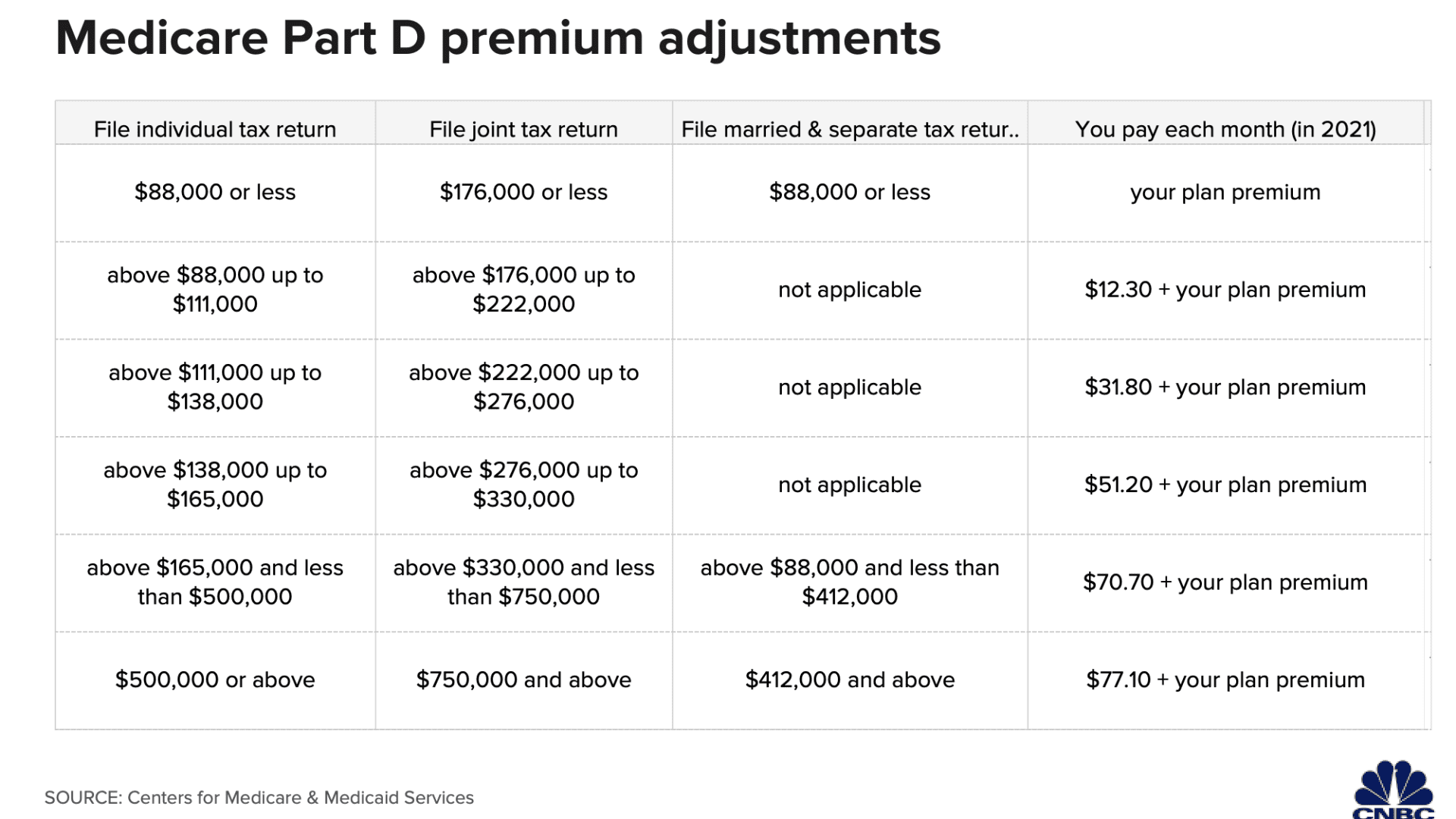
- The current window to modify your coverage opened on Jan. 1 and runs through March 31.
- You can make one change during this time, either by switching to another Advantage Plan or dropping it to return to basic Medicare.
When it comes to Medicare Advantage Plans, they don't have to be as permanent a choice as you might think.
Your 2021 plan, which you either picked or re-enrolled in, can be switched or ditched between Jan. 1 and March 31. That is, you can swap your Advantage Plan for another or drop it and return to basic Medicare (Part A hospital coverage and Part B outpatient coverage).
The most common reasons that beneficiaries make changes include their doctors not being in the plan's network or a medication not being included in their coverage, said Danielle Roberts, co-founder of insurance firm Boomer Benefits.
Also from Jan. 1 through March 31: If you missed your initial Medicare enrollment period and don't qualify for an exception, you can sign up during that time. If this is your situation, coverage won't start until July 1, said Elizabeth Gavino, founder of Lewin & Gavino and an independent broker and general agent for Medicare plans.
Of Medicare's approximately 63 million beneficiaries, about 25 million are enrolled in an Advantage Plan, which delivers Parts A and B and usually Part D prescription drug coverage, along with extras such as dental and vision.
Money Report
The current opportunity to change or drop your Advantage Plan arrives just weeks after the close of Medicare's annual fall enrollment, when a variety of options were available for those who wanted to modify their coverage.
More from Personal Finance:
How Social Security payments are handled at death
Avoid these mistakes when rolling over 401(k) to IRA
New year, new you: How to reset your finances
In contrast, the upcoming Advantage Plan-related window comes with restrictions.
For starters, you can only make one switch. This means that once you move to a different Advantage Plan or drop it for basic Medicare, the change is generally locked in for 2021 (unless you meet an exclusion that qualifies you for a special enrollment period).
Additionally, this three-month window does not allow you to switch from one stand-alone Part D prescription drug plan to another.
If you picked a Part D plan in the fall open enrollment period based on faulty or misleading information, you can call 1-800-Medicare at any point during the year to see if your situation would allow you to make a change.
Meanwhile, dropping an Advantage Plan in favor of basic Medicare often means losing drug coverage — which means you would have to enroll in a stand-alone Part D plan. This matters, because if you go 63 days without the coverage, you could face a lifelong late-enrollment penalty that gets tacked on to your monthly premiums.
Also, if you switch back to original Medicare and want to get a supplemental policy (aka "Medigap"), be aware that you may not qualify for guaranteed coverage. These policies either fully or partially cover cost-sharing of some aspects of parts A and B, including deductibles, copays and coinsurance. However, they come with their own rules for enrolling.

"If someone plans to go back to original Medicare and get a Medigap plan, they should be aware that they will likely have to answer health questions and go through underwriting," Roberts said.
She advises starting the process by applying for the Medigap plan and getting approval before leaving the Advantage Plan or enrolling in a standalone Part D plan.
"Enrolling in the Part D plan will boot them out of the Medicare Advantage plan, so it's important to wait on that part as well," Roberts said. "We encourage people who need to make a change to do it early in the election period."






